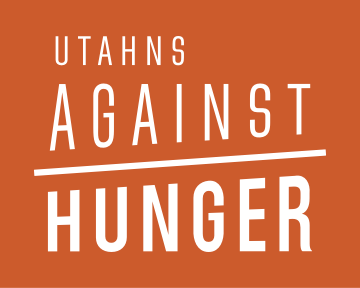The last year and a half has been challenging for all Utahns. Low-income households have been impacted particularly hard. Over the last year more Utahns struggled to access enough food. According Northwestern University’s analysis of Census Pulse data, food insecurity spiked across the country. In Utah food insecurity was at its highest in December 2020 when it hit 19.3% or nearly 1 in 5 Utah households. For Black, Indigenous and People of Color (BIPOC) households the impact was more severe, with Black and Latinx households experiencing food insecurity rates at nearly twice the rate as white households.
Over the last year Utahns Against Hunger (UAH) surveyed community food pantries and food banks across to the state, now we are eager to share the results of 2021 Food Pantry Survey. The survey was administered with the goal of understanding four issues within pantries statewide:
- Funding and funding gaps;
- Impacts of the COVID-19 pandemic;
- Barriers for groups more likely to experience food insecurity; and
- Client choice—for the purposes of this report, this included culturally relevant food choices for immigrant and refugee communities.
UAH surveyed 116 individual pantries representing 87 organizations. 57 organizations responded. UAH also conducted, in collaboration with community partners, 2 focus groups with 13 participants total, and 1 online questionnaire in which 19 individuals participated.
Survey results show a quarter of pantries reported a funding gap in 2020; Utah’s pantries are still reeling from the effects of the COVID-19 pandemic, and are still experiencing increased demand for services; a large swath of pantries statewide require application for service, proof of identification and income verification for services, which create barriers for clients to access emergency food; pantries suspended client choice—the ability for clients to select their own food—during the pandemic but are looking to resume these services as the state reopens.
| (801) 328-2561
Internet services donated by XMission
![]()

